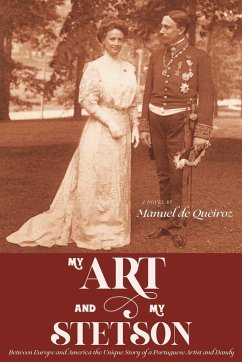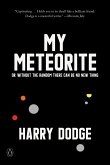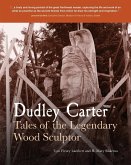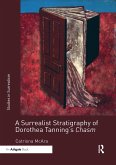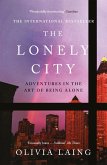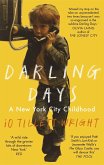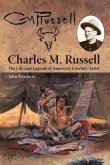My Art and My Stetson's main character, Aleixo de Queiroz Ribeiro, a Portuguese sculptor whose remarkable personal and professional trajectories took him to places as diverse as Paris, Lisbon, Sofia, Addis Ababa, Chicago, Philadelphia, and New York at the end of the 19th century and beginning of the 20th. Based on real people and events, the novel is primarily a work of fiction structured between two alternating narratives: the first, based on the final years of the protagonist's life in the United States and the North of Portugal, constructed according to the different, and at times contradictory, viewpoints that swirl around this contentious and paradoxical figure; the second, centered on his formative years in Paris and Lisbon, according to Aleixo's own perceptions. It is from these diverse perspectives and points of view that the most important moments of Queiroz Ribeiro's story are presented, often through a voice full of refined irony and wry humor: his celebrated marriage in Philadelphia to Sarah Elizabeth Stetson, the widow of the multimillionaire philanthropist John B. Stetson, owner of the biggest and most renowned hat company in the world; his early years in Paris, where he crosses paths with some of the era's greatest names in sculpture-like Rodin or Saint-Gaudens-and in literature-like Eça de Queiroz (the Portuguese writer) and António Nobre (the Portuguese poet), or Emile Zola; his brief and polemic stay in Lisbon, where he encounters figures as distinct as Eleonora Duse (the most famous Italian actress of her time), the Duke of Palmela, or the Portuguese King Carlos; his departure for the United States, where he becomes the Portuguese consul in Chicago. Adding to the overall picture, the novel conveys the sculptor's constant reflections about his own work, at a crucial time when the various esthetic currents that would eventually lead to the birth of modernism intersect-the final years of the nineteenth century. Intrinsic to the narrative itself, the history of the era simultaneously emerges, not as mere background scenery, but rather as it is witnessed and experienced by the actual individuals who lived it: the fall of the Portuguese monarchy and the turbulent early years of the Republic, the Spanish-American War, the Paris Universal Exposition of 1900, and the First World War. From the end of the century Parisian effervescence to his interaction with the high society of Philadelphia and New York, from early artistic devotion and persistence to a certain mature dandyism in the later years, from public recognition to critical derision, from sensibility to pragmatism, and from ambition to disappointment, My Art and My Stetson dramatically conveys the conflicts and yearnings of a charismatic, controversial and misunderstood man, as well as the numerous contradictions inherent to the epoch during which the narrative takes place.
Hinweis: Dieser Artikel kann nur an eine deutsche Lieferadresse ausgeliefert werden.
Hinweis: Dieser Artikel kann nur an eine deutsche Lieferadresse ausgeliefert werden.

